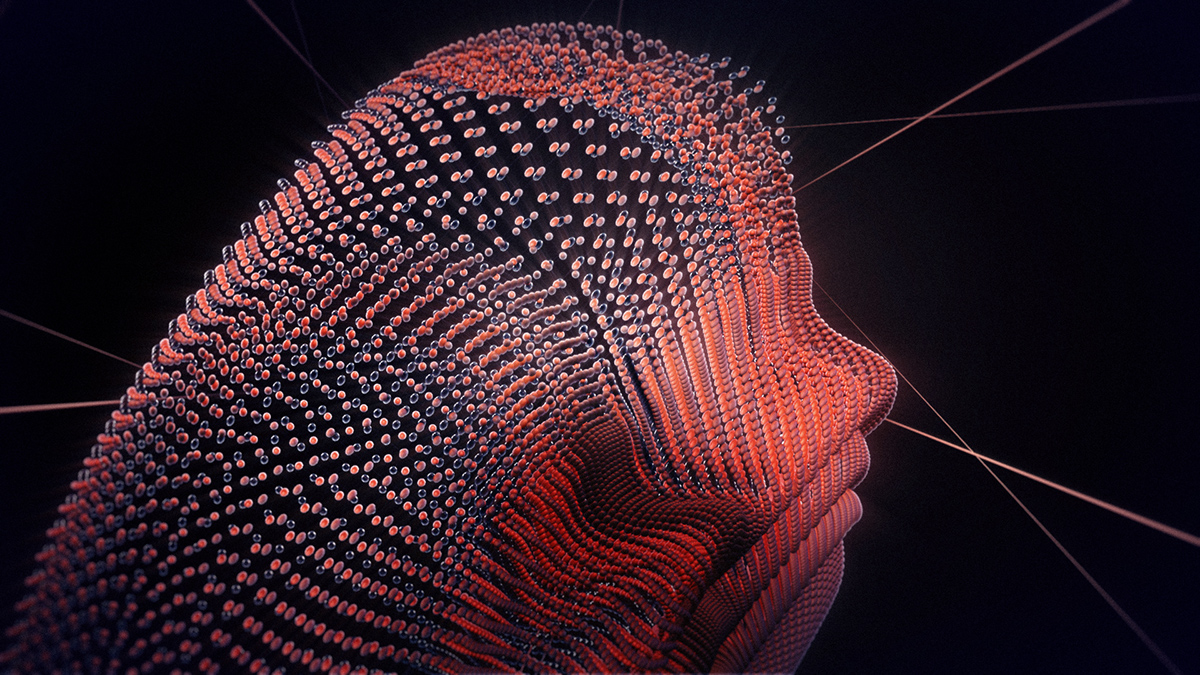

“If you look at the information flow in a classic neural network, it’s a feed-forward architecture,” he says. One of the most glaring shortcomings of artificial neural networks, Phoenix says, is that information flows only one way. It’s true enough that the relationship between the neural networks currently used in AI and the neurons, dendrites, and synapses found in a real brain is tenuous at best. Its mathematical innovations, Phoenix says, will more faithfully mimic the information processing found in the human brain. Vicarious is about more than just harnessing more computer power, though. “In 15 years, the fastest computer will do more operations per second than all the neurons in all the brains of all the people who are alive. “We are really rapidly approaching the amount of computational power we need to be able to do some interesting things in AI,” he told me shortly after I walked through the door. Microsoft Kinect 3-D sensors sat on top of some of the engineers’ desks.ĭ. Scott Phoenix, the company’s 33-year-old CEO, speaks in suitably grandiose terms. A dozen or so engineers were hard at work when I visited, several using impressive treadmill desks. Inside, though, are all the trappings of a vibrant high-tech startup. Located a short drive across the San Francisco Bay from Palo Alto Alto (we were asked not to say exactly where), the offices are plain-a stone’s throw from a McDonald’s and a couple of floors up from a dentist. The company’s headquarters don’t exactly seem like the epicenter of a revolution in artificial intelligence. But this year, the company says, it will publish details of its research, and it promises some eye-popping demos that will show just how useful a computer with an imagination could be. Computers will have to be able to learn from less data, and to recognize stimuli or concepts more easily.ĭespite generating plenty of early excitement, Vicarious has been quiet over the past couple of years. The company’s founders believe a fundamentally different design will be essential if machines are to demonstrate more humanlike intelligence. An important one is the ability to picture what the information it’s learned should look like in different scenarios-a kind of artificial imagination. Vicarious has introduced a new kind of neural-network algorithm designed to take into account more of the features that appear in biology. But those neural networks are only very crude approximations of what’s found inside a real brain. Companies including Google, Facebook, Amazon, and Microsoft have made stunning progress in the past few years by feeding huge quantities of data into large neural networks in a process called “deep learning.” When trained on enough examples, for instance, deep-learning systems can learn to recognize a particular face or type of animal with very high accuracy (see “ 10 Breakthrough Technologies 2013: Deep Learning”). Vicarious is also, essentially, betting against the current boom in AI. The company’s leaders say this gives computers something akin to imagination, which they hope will help make the machines a lot smarter. Vicarious is developing a new way of processing data, inspired by the way information seems to flow through the brain. That’s the belief motivating the founders of Vicarious, an enigmatic AI company backed by some of the most famous and successful names in Silicon Valley. In fact, maybe the biggest problem for computers is that they don’t have any.

Life would be pretty dull without imagination.


 0 kommentar(er)
0 kommentar(er)
